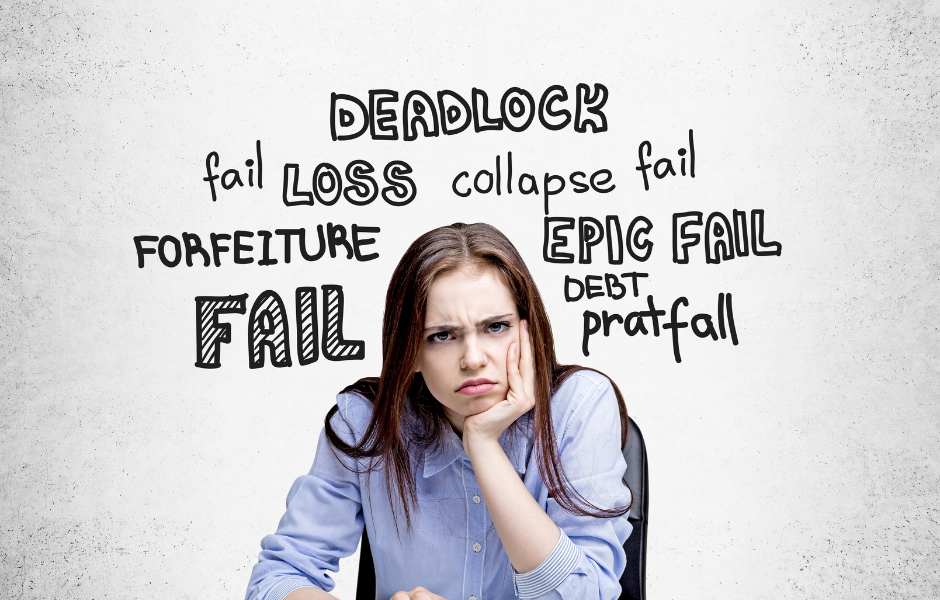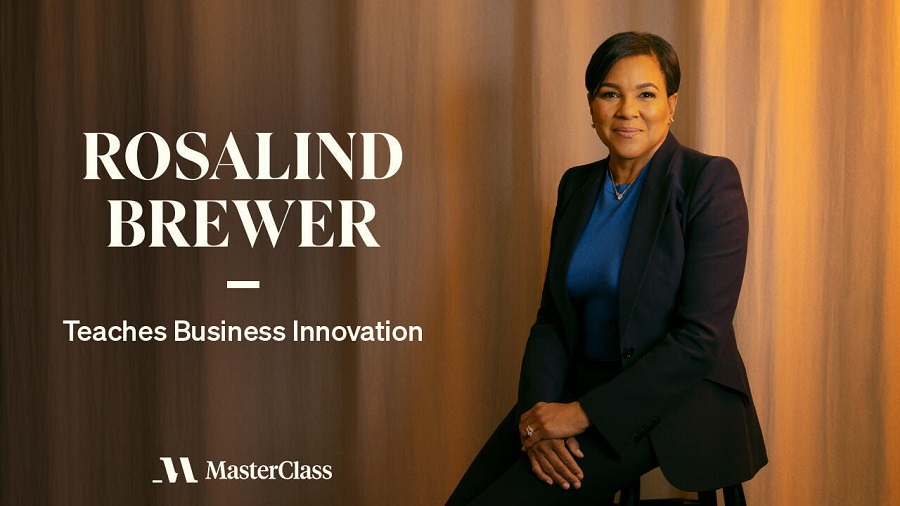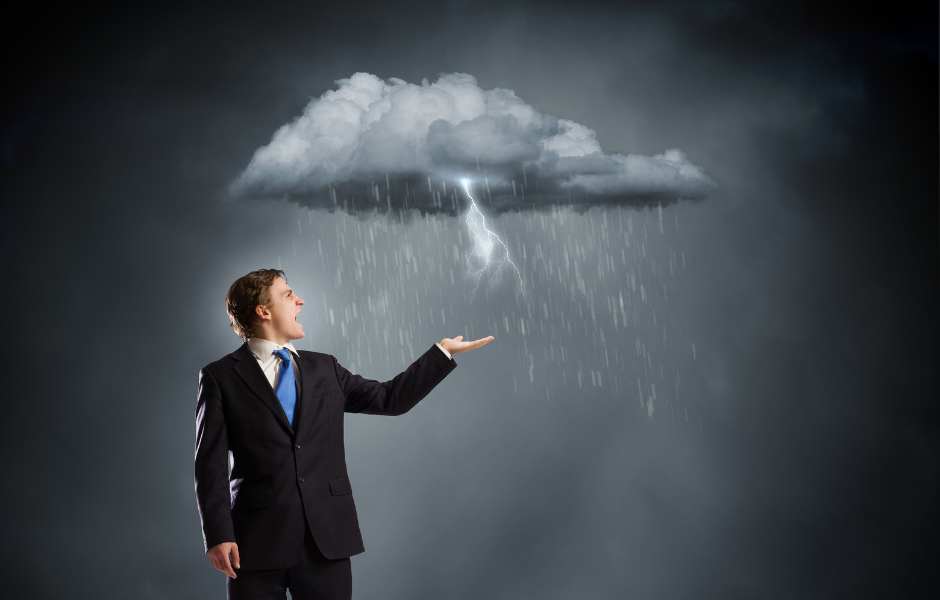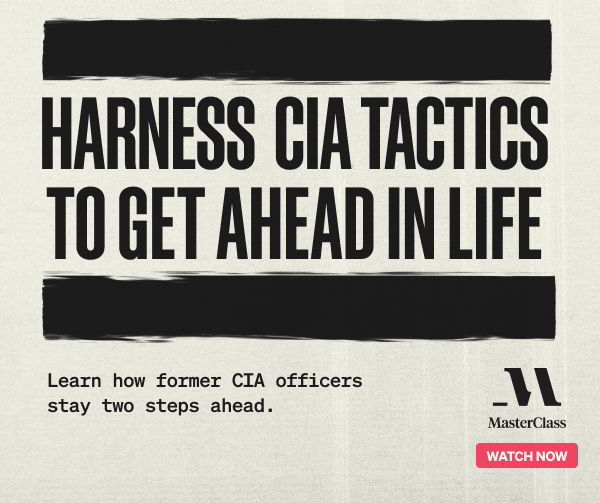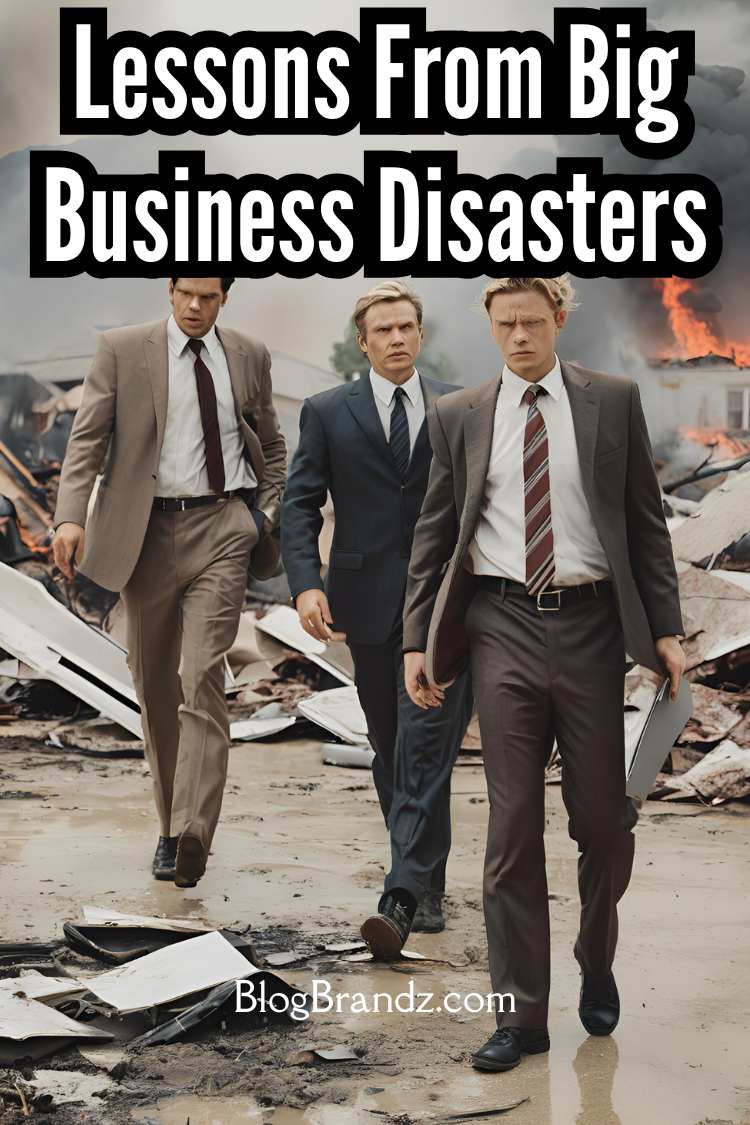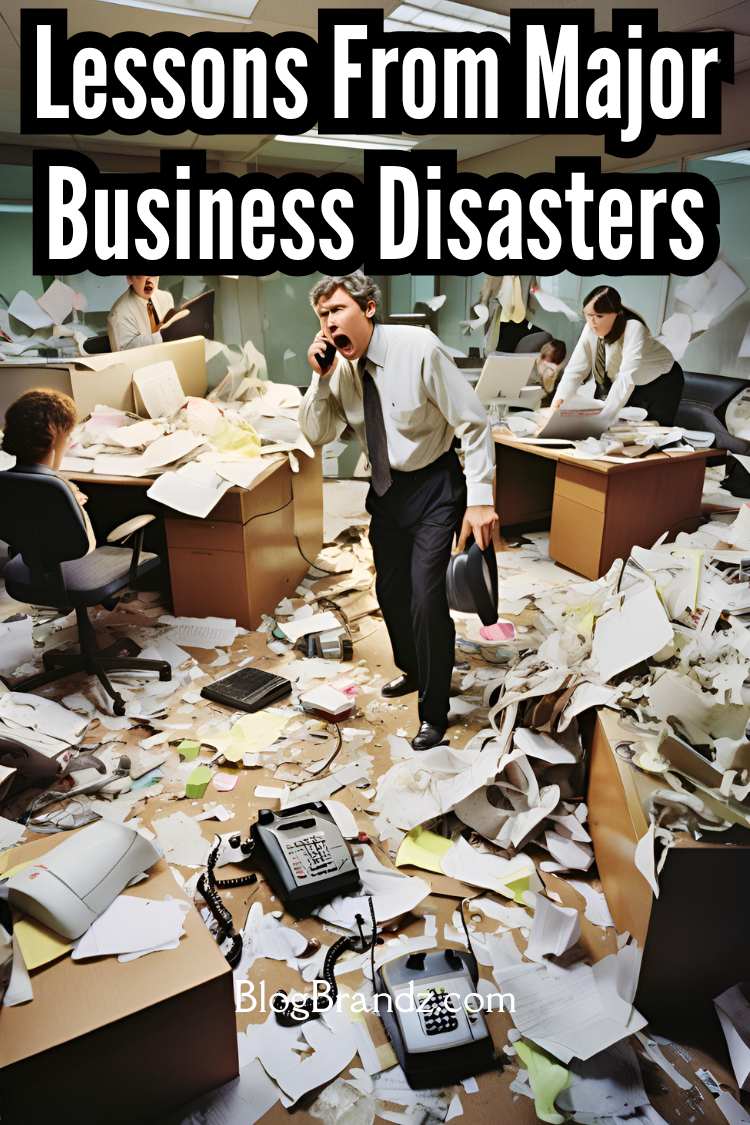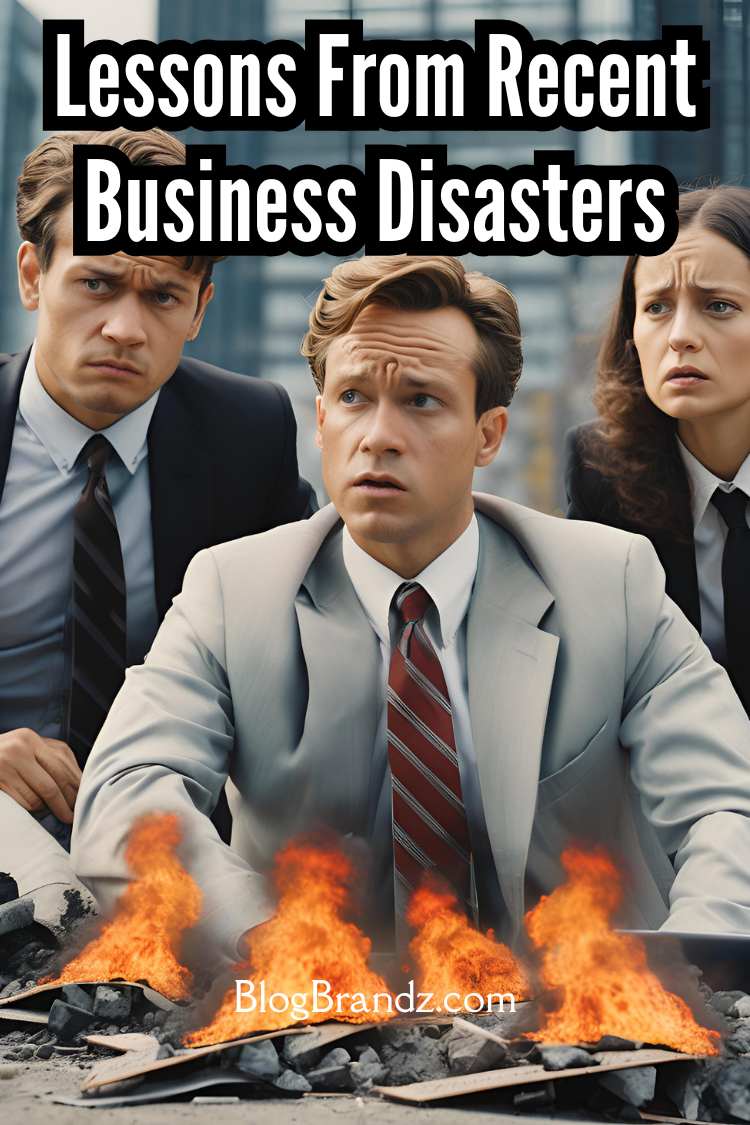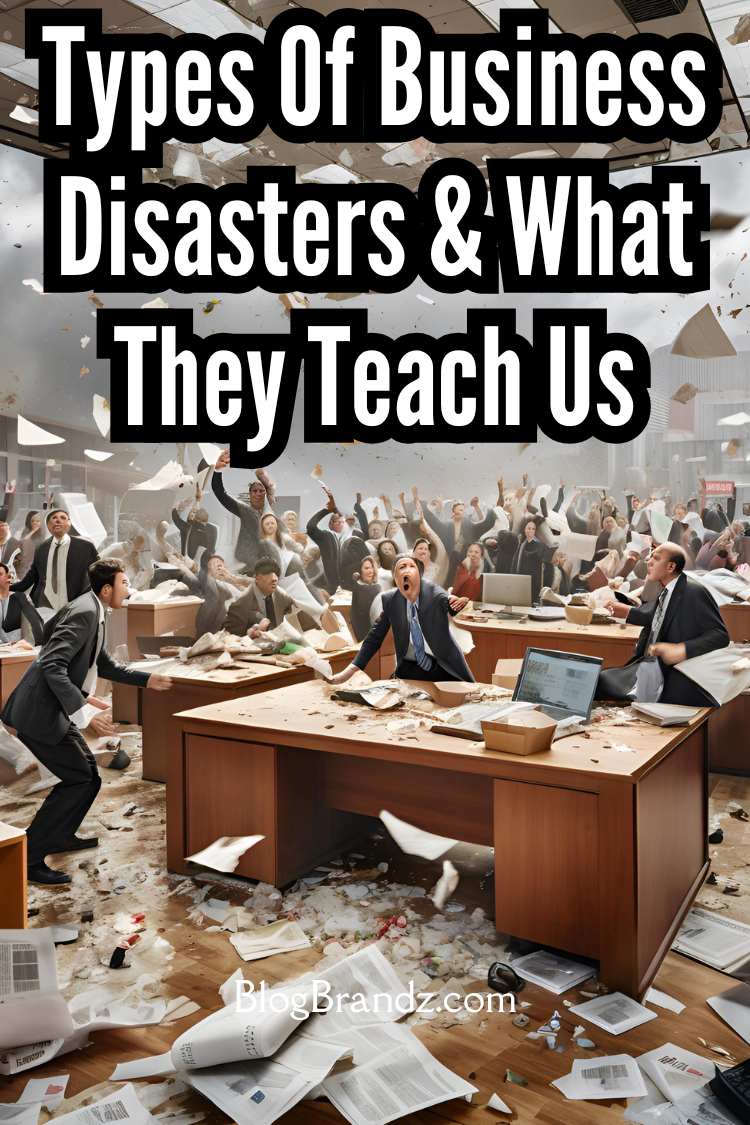These examples of business disasters and famous business failures clarify the reasons behind business failures and teach valuable lessons for business success.
Business failures and disasters across industries highlight the risks of poor planning, lack of adaptability, and mismanagement. These cases provide invaluable lessons, emphasizing the importance of staying innovative, ethically sound, and adaptable to market changes.
This article explores famous business failures and disasters in the 21st century, including high-profile companies like Theranos, Kodak, and Blockbuster, that offer key lessons for today’s entrepreneurs.
Contents
Famous Business Failures in the 21st Century
These business failures and disasters provide valuable insights into organizations’ common pitfalls, highlighting the importance of innovation, financial management, leadership, and adaptability to ensure long-term success.
Here are some examples of business disasters and failures in chronological order:
| Business | Year | Type of Disaster | Cause of Failure |
|---|---|---|---|
| Trump Shuttle | 1992 | Leadership Issues | Overleveraging, poor market entry |
| Enron | 2001 | Ethical Failures | Corporate fraud and accounting scandals |
| Lehman Brothers | 2008 | Financial Mismanagement | Overleveraging, risky investments, subprime mortgage crisis |
| Blockbuster | 2010 | Technological Resistance | Ignored the rise of streaming platforms |
| BP Deepwater Horizon | 2010 | Crisis Mismanagement | Inadequate safety protocols during operations |
| Borders | 2011 | Technological Resistance | Slow adoption of e-commerce trends |
| Kodak | 2012 | Lack of Innovation | Failure to embrace digital photography trends |
| BlackBerry | 2016 | Technological Resistance | Resistance to touchscreen Smartphone Innovation |
| Theranos | 2016 | Ethical Failures | Fraudulent claims about blood-testing technology |
| Toys “R” Us | 2018 | Financial Mismanagement | Excessive debt, poor cash flow |
| Forever 21 | 2019 | Financial Mismanagement | Misaligned with consumer trends, overexpansion |
| WeWork | 2019 | Leadership Issues | Mismanagement, poor decision-making, erratic leadership |
| J.C. Penney | 2020 | Leadership Issues | Misguided brand overhaul under new leadership |
| Hertz | 2020 | Financial Mismanagement | Overexpansion, mismanagement, bankruptcy amid COVID-19 pandemic |
#1. Enron (2001): Ethical Failures
Enron, once one of the largest energy companies in the U.S., collapsed in a wave of scandal after it was discovered that the company had engaged in massive accounting fraud to hide its debts.
This case is a cautionary tale of corporate misconduct and the consequences of a lack of transparency in business.
Watch the movie: The Crooked E: The Unshredded Truth About Enron
Lesson: Uphold transparency and ethical standards in business. Misleading stakeholders can destroy a company and ruin its reputation permanently.
#2. Trump Shuttle, Inc. (1992): Leadership Issues
Trump Shuttle, Inc., founded by Donald Trump, faced bankruptcy due to poor market entry and overleveraging. The airline industry was already highly competitive, and Trump’s investment in a struggling business model led to its failure.
Watch the movie: The Apprentice
Lesson: Conduct thorough market research, and avoid overleveraging — successful leadership requires informed decision-making.
#3. Kodak (2012): Lack of Innovation
Kodak, a leader in the photography industry, failed to adapt to the digital revolution. Despite inventing the digital camera, it remained heavily invested in traditional film, which caused it to fall behind as digital photography surged.
Lesson: Businesses must embrace innovation and be willing to evolve with technological advancements.
#4. Blockbuster (2010): Technological Resistance
Blockbuster, a major video rental company, failed to embrace the rise of streaming services. While companies like Netflix pivoted to online streaming, Blockbuster stuck to its brick-and-mortar rental model, leading to its eventual demise.
Watch the movie: The Last Blockbuster
Lesson: Stay ahead of technological trends and be flexible in adjusting your business model to new market realities.
#5. BP Deepwater Horizon (2010): Crisis Mismanagement
The BP Deepwater Horizon disaster occurred due to inadequate safety protocols and crisis mismanagement during offshore drilling. The explosion caused an environmental catastrophe, severely damaging BP’s reputation and finances.
Watch the movie: Deepwater Horizon
Lesson: Prioritize risk management and crisis response strategies to protect your business and the environment.
#6. Borders (2011): Technological Resistance
Borders, once a leading bookstore chain, failed to adopt e-commerce quickly enough, allowing Amazon to dominate the online book market. Borders’ resistance to technological change contributed to its eventual downfall.
Lesson: Embrace digital transformation and ensure your business adapts to the modern technological landscape.
#7. BlackBerry (2016): Resistance to Change
BlackBerry clung to its physical keyboards while competitors like Apple and Samsung introduced touchscreen smartphones. By the time BlackBerry adapted to the market, it was too late to regain its dominance.
Watch the movie: BlackBerry
Lesson: Adapt to new industry standards and consumer preferences as they evolve.
#8. Theranos (2016): Ethical Failures
Theranos, once valued at billions, collapsed after it was revealed that its founder, Elizabeth Holmes, had misled investors, regulators, and patients about the efficacy of its blood-testing technology.
The company falsely claimed its device could run comprehensive tests with just a drop of blood, but it never worked as promised.
Watch the show: The Inventor: Out for Blood in Silicon Valley
Lesson: Uphold transparency and ethical standards in business. Misleading stakeholders can destroy a company and ruin its reputation permanently.
#9. Forever 21 (2019): Financial Mismanagement
Forever 21’s bankruptcy in 2019 was largely attributed to its failure to align with shifting fashion trends and overexpansion. The company struggled to stay relevant as younger consumers turned to online retailers and more sustainable fashion.
Lesson: Align business strategies with consumer preferences and maintain financial discipline, avoiding overexpansion without a sustainable strategy.
#10. Toys “R” Us (2018): Financial Mismanagement
Toys “R” Us filed for bankruptcy after excessive debt had burdened its operations. Additionally, the company struggled to compete with the growing e-commerce market, especially Amazon and failed to adequately invest in its own online platform.
Watch the movie: End Of An Era: Toys R Us
Lesson: Maintain financial health and adapt your business to changing consumer behavior, particularly in e-commerce.
#11. Lehman Brothers (2008): Financial Mismanagement
Lehman Brothers, one of the largest investment banks, collapsed due to aggressive risk-taking, overleveraging, and exposure to subprime mortgages during the housing bubble. Its failure triggered the global financial crisis.
Watch the movie: Inside Lehman Brothers
Lesson: Maintain financial discipline and avoid excessive risk, particularly in volatile or uncertain markets.
#12. WeWork (2019): Leadership Issues
WeWork’s meteoric rise was followed by a dramatic fall due to poor leadership, lavish spending, and an unsustainable business model under founder Adam Neumann. Mismanagement and inflated valuations led to near bankruptcy.
Watch the movie: WeWork: Or the Making and Breaking of a $47 Billion Unicorn
Lesson: Strong, ethical leadership and a sustainable business model are vital for long-term growth.
#13. Hertz (2020): Financial Mismanagement
Hertz, a leader in the car rental industry, filed for bankruptcy due to mounting debt and declining revenue, worsened by the COVID-19 pandemic. A lack of strategic adaptation and reliance on outdated models exacerbated its struggles.
Lesson: Diversify revenue streams and plan for financial resilience to withstand unforeseen disruptions.
#14. J.C. Penney (2020): Leadership Issues & Overexpansion
J.C. Penney’s decline stemmed from leadership missteps, including an ill-fated rebranding effort that alienated core customers by eliminating popular discounts. Coupled with overexpansion and mounting debt, the company filed for bankruptcy during the COVID-19 pandemic.
Lesson: Understand your customer base and implement changes cautiously to avoid disrupting established brand loyalty.
Key Takeaways
These business disaster examples, including high-profile failures like Theranos, Kodak, and Blockbuster, offer clear insights into why companies fail. Common reasons include:
- Lack of Innovation: Companies like Kodak and Blockbuster failed because they didn’t embrace technological advancements and market shifts.
- Financial Mismanagement: Businesses such as Toys “R” Us and Forever 21 struggled because of excessive debt and poor financial strategy.
- Ethical Failures: Theranos and Enron are cautionary tales about the dangers of unethical behavior, fraud, and misleading investors and customers.
- Resistance to Change: BlackBerry and Borders failed to adapt to changing consumer demands or technological advances.
Ultimately, these examples underscore the importance of innovation, ethical practices, financial prudence, and adaptability in ensuring long-term business success.
Lessons From Famous Business Failures & Disasters
Stories of famous business failures provide valuable lessons applicable to organizations of all sizes. These failures often stem from poor decisions, resistance to change, and insufficient preparation for market shifts.
By analyzing these cases, businesses can learn how to avoid similar pitfalls and improve their chances of long-term success.
#1. Embrace Innovation or Risk Obsolescence
One of the most common reasons behind business failures is a refusal or inability to innovate. Companies that once dominated their industries lost relevance when they ignored market trends or technological advancements.
- Kodak: A pioneer in photography, Kodak failed to capitalize on the digital revolution, despite inventing the first digital camera. The company’s leadership hesitated to embrace change out of fear of cannibalizing its profitable film business, leading to bankruptcy in 2012.
- Blockbuster: Despite having an opportunity to buy Netflix for $50 million in 2000, Blockbuster dismissed the streaming model as a fad. This misjudgment allowed Netflix to flourish while Blockbuster faded into obscurity.
Lesson: Businesses must stay ahead of industry trends and prioritize innovation, even at the expense of short-term profits.
#2. Understand and Adapt to Consumer Behavior
Many business failure examples stem from a disconnect between a company and its customers. Companies that fail to understand or respond to changing consumer preferences often struggle to remain relevant.
- New Coke: Coca-Cola’s attempt to reformulate its iconic beverage alienated its loyal customer base, resulting in a public backlash. The company quickly reverted to the original formula, but the debacle highlighted the risks of ignoring customer sentiment.
- Forever 21: Once a fast-fashion powerhouse, Forever 21 filed for bankruptcy as consumer preferences shifted toward sustainability and e-commerce, areas where the brand failed to compete.
Lesson: Conduct regular market research to stay attuned to evolving consumer demands and be ready to pivot when necessary.
#3. Build a Resilient Financial Foundation
Poor financial management and lack of liquidity are at the core of many small business failures and big businesses that failed alike. Without a strong financial foundation, companies can’t weather economic downturns or industry disruptions.
- Toys “R” Us: Saddled with $5 billion in debt from a leveraged buyout, Toys “R” Us struggled to invest in its stores and e-commerce operations, ultimately filing for bankruptcy.
- Lehman Brothers: The investment bank’s aggressive risk-taking and overleveraging during the housing bubble led to its collapse, contributing to the global financial crisis.
Lesson: Maintain a balanced approach to debt and cash flow, and avoid overextending financially in uncertain markets.
#4. Invest in Ethical Leadership and Governance
Poor leadership and governance are among the top reasons behind business failures. Companies without ethical leaders or clear decision-making processes are prone to missteps.
- Enron: This infamous case of corporate fraud was fueled by poor ethical oversight and leadership focused solely on short-term profits. Enron’s collapse wiped out $74 billion in shareholder value and led to widespread regulatory reforms.
- WeWork: Mismanagement by founder Adam Neumann, including lavish spending and erratic leadership, caused WeWork’s valuation to plummet from $47 billion to near bankruptcy within months.
Lesson: Strong leadership and ethical governance are critical to ensuring sustainable growth and avoiding disastrous decisions.
#5. Adapt to Technological Changes
Companies that fail to adopt new technologies often fall behind competitors, leading to their eventual decline.
- BlackBerry: Once the leader in mobile devices, BlackBerry underestimated the importance of touchscreens and app ecosystems. The rise of iPhones and Android devices rendered BlackBerry irrelevant in the smartphone market.
- Borders: Unlike its rival Barnes & Noble, Borders was slow to embrace e-books and online retailing, resulting in its downfall.
Lesson: Investing in technology and adapting to digital transformation is essential for survival in a fast-evolving marketplace.
#6. Build Crisis Resilience
Businesses often collapse when their leaders are unprepared for crises or fail to handle them effectively. Crises can take many forms, including natural disasters, PR scandals, or supply chain disruptions.
- BP Deepwater Horizon: A lack of adequate safety measures and crisis planning led to one of the worst environmental disasters in history, costing BP billions in fines and long-term reputational damage.
- Equifax Data Breach: Poor cybersecurity measures led to a breach that exposed sensitive information of 147 million users, resulting in public outrage and significant regulatory penalties.
Lesson: Develop robust crisis management and disaster recovery plans to mitigate the impact of unforeseen events.
#7. Be Wary of Overexpansion
Rapid growth can overwhelm businesses if not managed properly. Expanding too quickly without a solid foundation often leads to operational inefficiencies and financial strain.
- Trump Shuttle: One of several Trump businesses that failed, Trump Shuttle, Inc. collapsed due to overleveraging and an inability to compete in a saturated market.
- J.C. Penney: A misguided attempt to overhaul the brand under new leadership alienated core customers, leading to declining sales and eventual bankruptcy.
Lesson: Scale operations sustainably and avoid alienating existing customers while pursuing new markets.
#8. Keep an Eye on Competitors
Failing to respond to competitive threats can lead to a slow and painful decline.
- MySpace: Once the dominant social media platform, MySpace lost ground to Facebook due to poor user experience and lack of innovation.
- Yahoo!: A series of poor strategic decisions allowed competitors like Google and Amazon to dominate the search and digital advertising markets.
Lesson: Monitor competitors and adapt to stay relevant in a dynamic industry landscape.
These lessons from famous business failures and disasters emphasize the importance of innovation, financial prudence, strong leadership, and adaptability.
Whether caused by cash flow issues in small businesses or strategic missteps in larger companies, these examples of business failures highlight the need for resilience and proactive decision-making.
How to Learn Crisis Management Preparedness
Crisis management preparedness is crucial for leaders who need key strategies for building resilience and ensuring business continuity.
In the Crisis Day Series on MasterClass, you’ll gain insight into the importance of resilience and leading under pressure. Get a moment-by-moment account of what happened on 9/11, as told by former Secretary of State Condoleezza Rice and former National Security Advisor Stephen Hadley.
Astronaut Chris Hadfield describes his experience leading a team through a mission-critical ammonia leak on the International Space Station, and former FBI lead negotiator Chris Voss recounts a tense hostage negotiation with armed bank robbers.
The Crisis Day Series on MasterClass takes you into the minds of experts as they navigate high-stakes — and often dangerous — situations to help you pre-empt and deal with business disasters and failures.
Click here to preview this Crisis Management MasterClass
These stories of well-known business failures and disasters offer crucial insights into what went wrong and how these mistakes could have been avoided. Often, these failures stem from poor decisions, resistance to change, and insufficient market preparedness.
By learning from these cases, businesses can position themselves for long-term success by avoiding the mistakes that led to some of history’s most notable downfalls.
Leadership Tips & Tutorials
- Crisis Management: Ensuring Business Continuity in Uncertain Times
- High Stakes Leadership: Leading in Times of Crisis
- Leadership for Public Health Crises Specialization
- Resilience & Leadership: Tools, Methods, & Applications
- 13 High-Stakes Communication Skills for Business Success
- Mark Cuban MasterClass on How to Win Big in Business
- Coach K MasterClass on Values-Driven Leadership
- The Art of Intelligence MasterClass with Former CIA Officers
- Critical Leadership Training with Navy SEAL Veteran Jocko Willink
- How to Unlearn Toxic Behavior in The Workplace
- CXM: Craft an Unforgettable Customer Journey
- How Stoicism and Stoic Philosophy Can Build Resilience
- What are the Top Leadership Skills to Develop in the Workplace?
- How to Spot Dark Tetrad Personality Traits in the Workplace
- Resilience At Work: Control Your Emotions & Stay Calm Under Pressure
Click here to get the Ultimate Founders Checklist
© 2024, Priya Florence Shah. All rights reserved.
Priya Florence Shah is a bestselling author and an award-winning blogger. Check out her book on emotional self-care for women. Priya writes short stories and poetry and chills with her two-legged and four-legged kids in her spare time.
Discover more from Business & Branding Tips
Subscribe to get the latest posts sent to your email.




